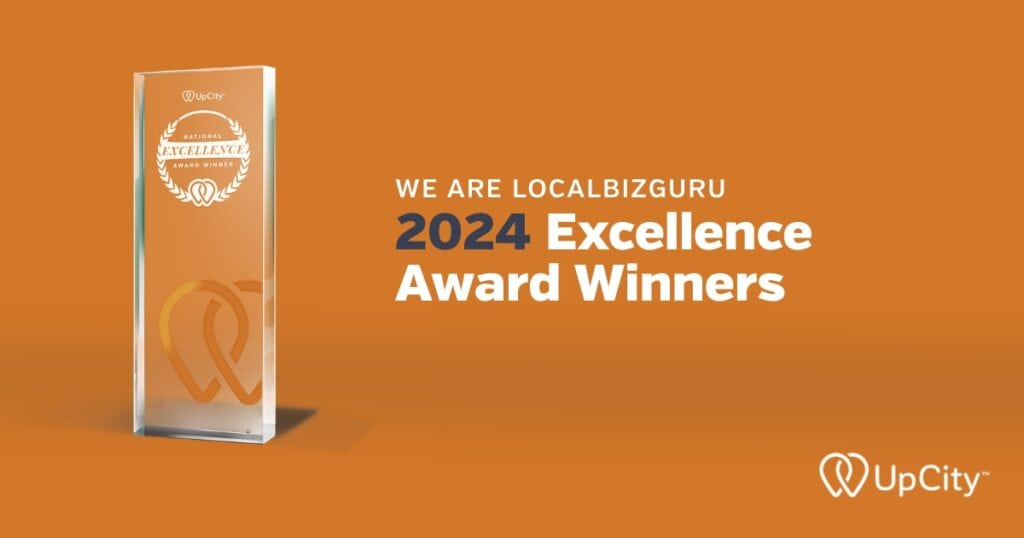

10 Ways to Improve User Engagement and SEO Rankings for Your Site
Recent Posts
Subscribe Via Email
As online marketing becomes more and more competitive, it’s essential to find ways to set yourself apart from the competition. And one of the best ways to do that is by increasing user engagement on your site.
What Is User Engagement?
User engagement is a catch-all term that refers to how users interact with your site.
This could be anything from scrolling down the page to clicking on links and sharing content on social media.
Tracking user engagement can be done in Google Analytics by looking at things like:
- Bounce rate
- Pages per session
- Average session duration
- New vs. returning visitors
- % of new sessions
If you see that users are coming to your site and leaving right away (high bounce rate) or not spending much time on your site (low average session duration), then you know you have some work to do to increase website user engagement.
Why is User Engagement Important for SEO?
User engagement is critical for SEO because it’s a signal to Google that people like your site and find it useful.
If people are spending time on your site, clicking around, and coming back for more, then Google will take notice and rank you higher in the search results.
On the other hand, if users are landing on your site and then quickly leaving, Google will assume that your site is not relevant to what they are looking for and you will drop in the rankings.
Types of Engagement for SEO
There are different types of engagement, but for the sake of SEO we’ll focus on two main categories:
Interaction with Site Content
This is the most important type of engagement for SEO purposes. The goal here is to encourage users to stick around your site and interact with your content in some way. This could be anything from reading an article or blog post to watching a video or taking a quiz.
The key is to keep users engaged long enough that they not only don’t click back to the SERP immediately but also take some kind of action that you want them to take, such as signing up for your email list or making a purchase.
Knowing the typical duration of user engagement with various types of content formats is an important consideration when deciding the type of content you want to feature on your site.
For example, the average reader takes about 2 minutes to read 500 words. Obviously, this will vary based on the nature of the content and its reader.
And when it comes to video content, studies show that users spend 88% more time browsing websites that have videos!
Sharing Site Content
Another way users can engage with your site is by sharing your content with others. This could be in the form of a social media share, emailing a friend, or even just copying and pasting a link to your site.

While this doesn’t necessarily mean that the user is actively engaging with your site at that moment, it does help to increase brand awareness and get more people to your site which can eventually lead to increased engagement and conversions.
How to Increase User Engagement Rates on Your Website
Now that we know what user engagement is and why it’s important, let’s take a look at some specific user engagement strategies you can implement on your site.
1. Improve Your Content
This should be a no-brainer, but it’s worth mentioning because it’s the most important factor when it comes to engagement. If your content is good, people will want to read it, watch it, and share it. But if it’s poorly written, boring, or uninformative, users will click away quickly and never come back.
There are a few things you can do to improve your content and make it more engaging:
- Make sure it’s well-written and free of grammar and spelling errors.
- Use short paragraphs and plenty of white space to make it easy to read.
- Engage the reader by using strong storytelling methods.
- Include images, infographics, and videos to break up the text and add visual interest.
- Make sure your content is relevant and informative by doing keyword research and addressing common questions searchers have.
2. Use Calls to Action
Calls to action (CTAs) are a great way to guide users to take the next step on your site, whether that’s signing up for your email list, taking a quiz, or making a purchase.
Your CTAs should be clear and concise, and they should stand out from the rest of your content so that users can’t help but notice them.
Use strong verb phrases such as “discover your results” or “sign up now” to make them even more effective.
3. Make It Easy to Share

If you want users to share your content, you need to make it easy for them to do so. Include share buttons on each page of your site, and make sure they’re prominently displayed so that users don’t have to go looking for them.
You should also include links to your social media profiles so that users can follow you and see when you post new content.
If a post is greater than 1,500 words, it receives 68.1% more tweets and 22.6% more Facebook likes.
4. Use Engaging Media
As we mentioned before, adding images, videos, and other forms of engaging media is a great way to break up the text and keep users interested in what you have to say. In fact, articles with visuals get 94% more views than those without.
Whenever possible, include at least one form of visual media in your content to increase user engagement and keep users coming back for more.
5. Encourage User Participation
Another great way to increase user engagement is to encourage users to participate in your content in some way.
This could be anything from leaving comments on a blog post to taking a quiz or voting in a poll. This makes users feel like they’re part of the conversation, but it also gives you valuable feedback that you can use to improve your site and your content.
6. Offer Discounts and Freebies
Everyone loves a good deal, so offering discounts and freebies is a great way to get people interested in your site. Just make sure that the offer is relevant to your business and that it’s something that users will want.
7. Run a Contest
Contests are another great way to increase engagement and get people talking about your brand. Just be sure to make the rules clear and easy to understand, and choose a prize that will be appealing to your target audience.
8. Provide Customer Support
If you want to keep users engaged with your site, it’s important to provide them with customer support in case they have any questions or problems. This could include anything from live chat to a FAQ page or a customer service email address.
9. Use Push Notifications
Push notifications are a great way to keep users engaged with your site, even when they’re not actively using it. Whenever you post new content or run a special offer, you can send a notification to all of your users so that they’re sure to see it.
10. Regularly Track and Update Your Content
Finally, one of the best ways to keep users engaged with your site is to track engagement and update your content regularly.
If you have a blog, be sure to post new articles regularly but be open to adjusting after measuring user engagement.
And if you have a product or service, make sure to keep your information up-to-date so that users always know what’s going on.
The Bottom Line
By following these tactics and tips, you can increase user engagement on your site and improve your SEO at the same time.
Just remember to focus on creating quality content that’s relevant and useful to your users.
Don’t be afraid to experiment with different techniques and track user engagement to see what works best for your business.
LocalBizGuru can help you with your SEO and online marketing needs. Contact us today to learn more.




